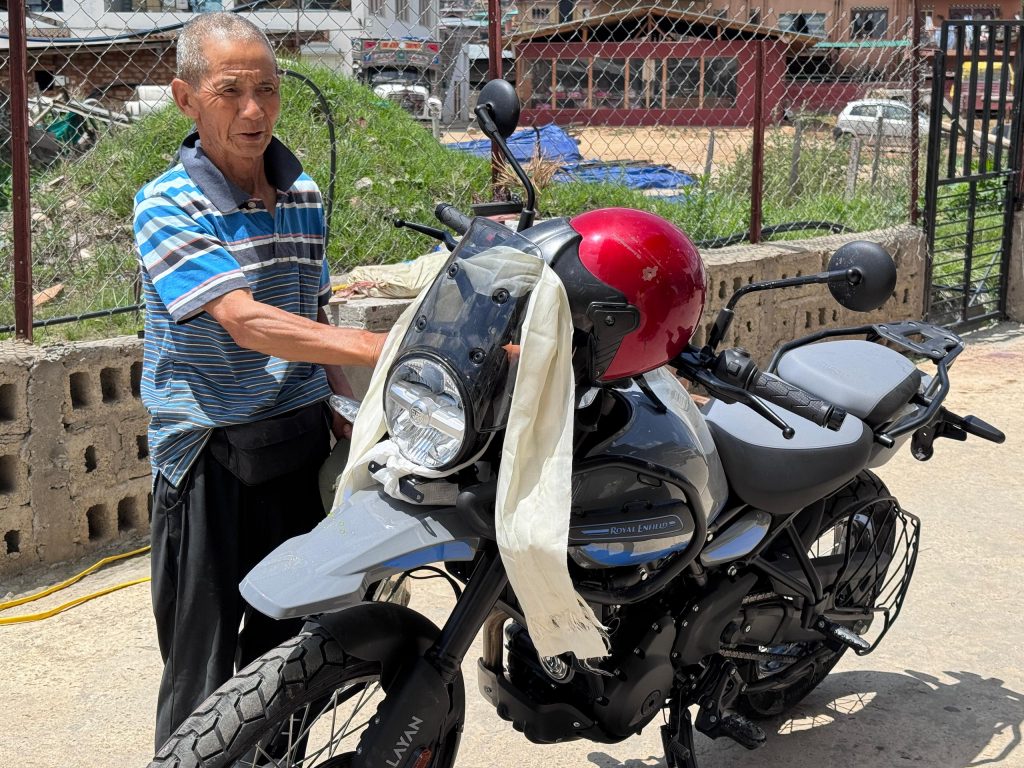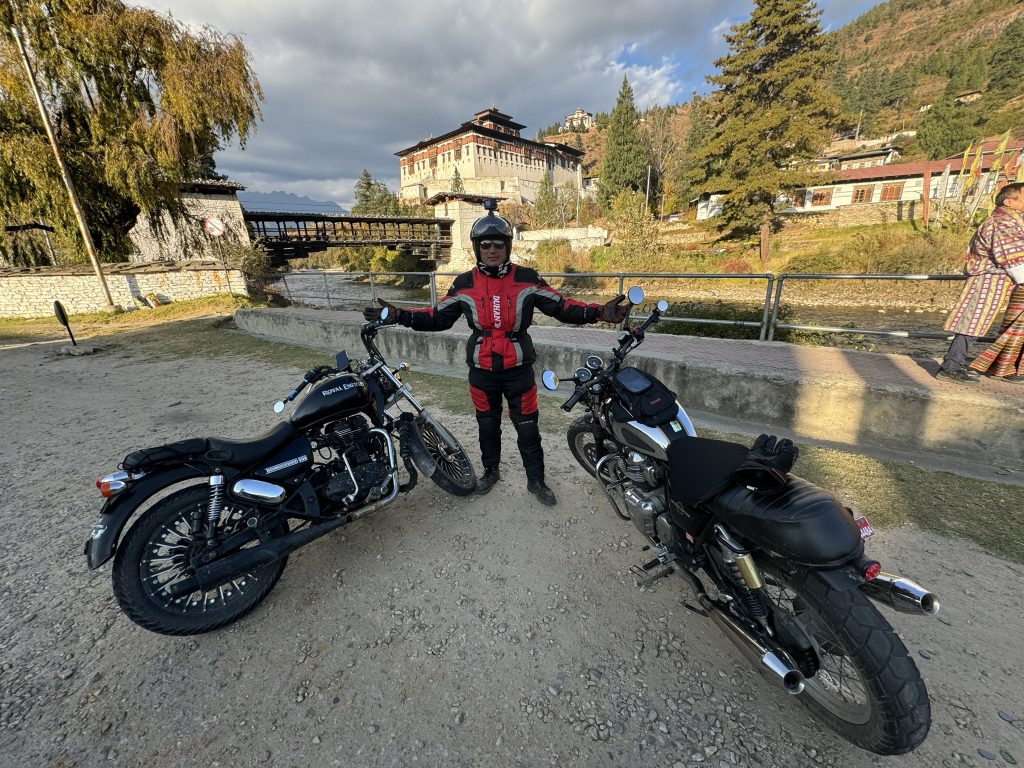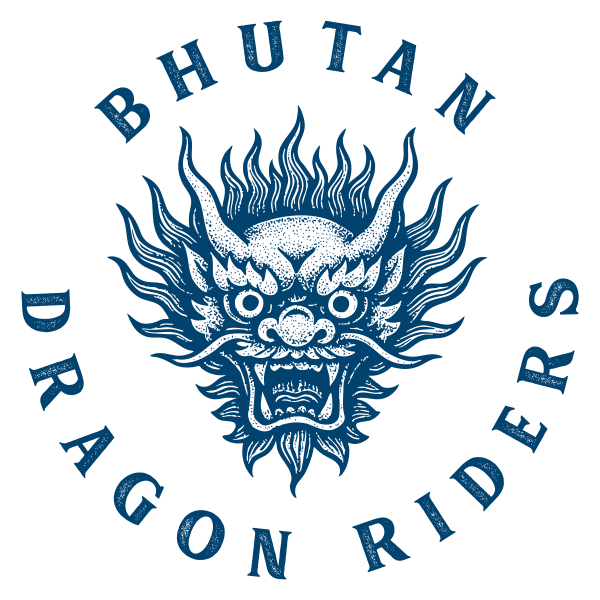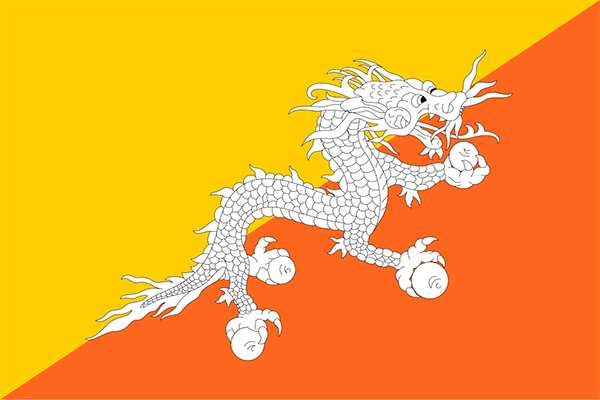Bhutan Motorcycle Tour FAQs


Can I hire a motorbike and travel alone in Bhutan?
No. By law, all visitors must be accompanied by a licensed Bhutanese guide. For biking trips, your guide can either ride with you on a motorbike or travel in a support car, meeting you at agreed points along the route.
What kind of motorbikes do you provide?
We use Royal Enfield motorcycles, ideal for Bhutan’s mountain roads and terrain. These are reliable, comfortable, and perfectly suited to long-distance touring.
Do I need a motorcycle licence?
Yes. You must hold a valid motorcycle licence in your home country. We also recommend carrying an International Driving Permit (IDP) for ease of travel.
What level of riding experience is required?
You should have experience riding on winding mountain roads and be comfortable with varied conditions, including occasional rough or gravel sections. Bhutan’s roads are well maintained but can be challenging.
What is included in the biking package?
The package includes motorbike hire, fuel, support vehicle, mechanical backup, a licensed Bhutanese guide, accommodation, meals, and all internal logistics.
What happens if my motorbike breaks down?
A support vehicle travels with the group and, for larger groups, an experienced mechanic is part of the team. Spare bikes are also carried when available. As part of your insurance, the cost of delivering a replacement bike to you during the trip is also covered.
Do I need to bring my own riding gear?
Yes. We recommend bringing your own helmet, gloves, jacket, boots, and waterproofs for the best fit and comfort. A helmet can be provided locally if needed.
What is the Sustainable Development Fee (SDF)?
All international visitors must pay the SDF — currently USD 100 per person, per night, plus a USD 40 visa application fee. This is collected as part of your visa process and goes directly to Bhutan’s development and conservation programmes.
What’s the accommodation like on a biking trip?
We stay in comfortable locally run hotels with clean facilities and local food. In southern Bhutan, we use riverside jungle camps, and in some areas, homestays when hotels are not available.
How difficult are the rides and what distances are covered?
Most riding days cover around 150 km, with some longer days reaching up to 250 km. Routes include mountain passes, winding roads, and scenic valleys — challenging at times, but highly rewarding. With guides, support vehicles, and planned stops, the journeys are designed to be manageable and enjoyable.
When is the best time of year to ride in Bhutan?
The best seasons are spring (March–May) and autumn (September–November), when the weather is clear, the roads are dry, and the mountain views are at their best. Winter rides are possible, though colder at high passes, while summer brings monsoon rains.


